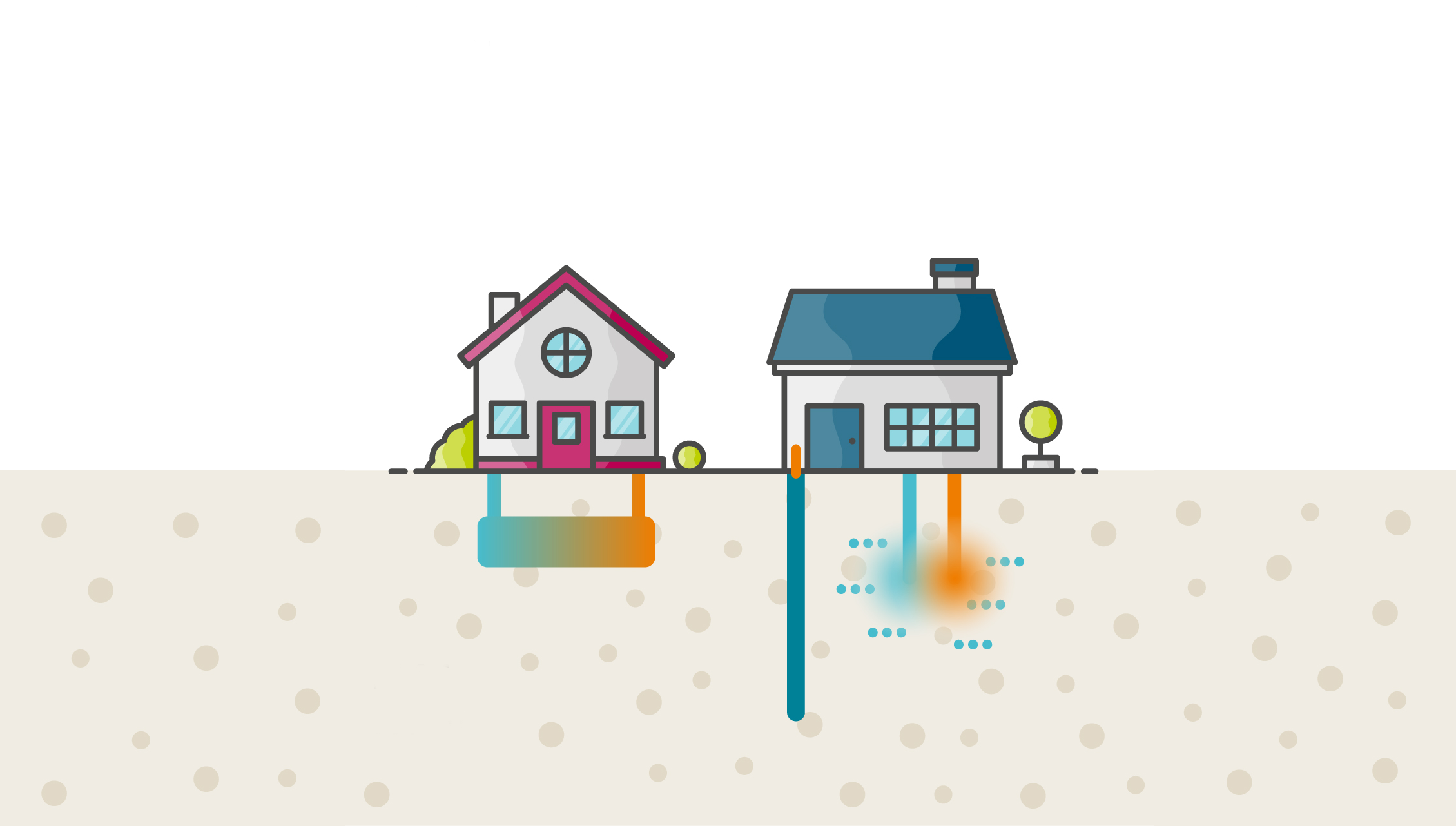Determining the potential by combining different low-temperature heat sources and sinks is a systemic challenge in the heat transition. This is met by a study to determine, define and describe relevant sources and their corresponding sinks in a heating system.
In a study commissioned by the North Rhine-Westphalia State Office for Nature, Environment and Consumer Protection (LANUV), potentials of different heat supply systems in NRW are determined by comparing heat sources and sinks on the basis of their temperature and annual performance factor.
The focus is on the determination, definition and description of the relevant low-temperature sources and the corresponding low-temperature sinks. Likewise, the necessary facilities for heat distribution (heat networks) and their suitability for integrating the identified sources are considered. Finally, the various sources, sinks and network types are compared in a matrix in order to outline the short-, medium- and long-term potential of the systems for heat supply in NRW.
Heat sources and heat sinks are characterized by different temperature curves, supply and load profiles in the annual cycle. Natural heat sources in particular are dependent to varying degrees on the climatic boundary conditions and, where applicable, on the load profile of their use. This is reflected in the range of source temperatures available for use.
The anthropogenic sources are little or not at all altered by climatic influences, but rather by the thermal utilization.
The natural low-temperature heat sources studied are ambient air, shallow and medium-depth geothermal (closed and open systems), surface water, and solar heat, as well as the anthropogenic low-temperature heat sources of wastewater, underground electrical cables, potable water/drinking water networks, waste heat from commerce, trade, or services (GHD), and waste heat from industry (cooling water, cooling towers, refrigeration systems, and wastewater).
